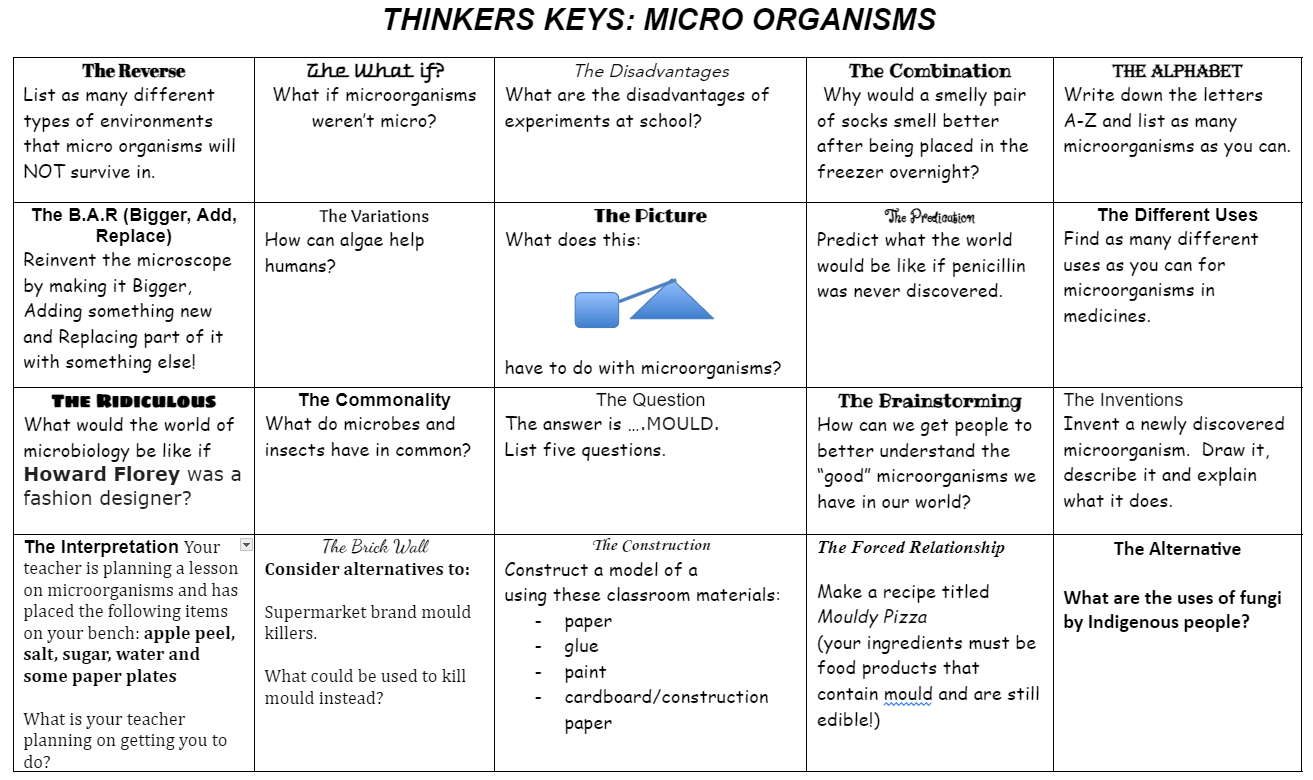
Genetics
Students will learn about G-C, A-T/U pairs, DNA vs RNA, and how mutations in genes can lead to changes in protein synthesis.
Microbiology
Students will discover how changes in DNA sequences through mutations can lead organisms to be better or less adapted to their environments, altering their survival rates.
Engaging Tech
Students will approach the unit topics and lessons from multiple angles utilizing off and online tools for maximum engagement.
Introduction
In this unit plan geared towards 9th-grade biology, students will explore the steps and processes involved in the replication of cells and DNA, and protein synthesis. In order to engage students in the discovery process, several technologies targeting various levels in the SAMR technology integration framework will be employed, incorporating the Triple-E framework, as well. Students will collaborate with each other while interacting with low-tech options (paper/whiteboard and smartboard visuals), mid-tech resources (Plickers, Kahoot, Edpuzzle), and deep-dive using high-tech tools (effigo, javalabs, and Nova labs) to broaden their understanding and experience with the content in ways unimaginable in a typical classroom setting. The technologies embedded in the lessons start at augmentation by enhancing basic lessons with demonstrations of audio/visuals on a screen, move on to modification with class-wide participation/collaboration, and make their way close to redefinition with students manipulating virtual polypeptide protein chains of amino acids.
Teaching Technologies
Below are various resources contained in the unit plan:
Nova, PBS. “RNA Lab | Nova Labs.” PBS, Public Broadcasting Service,
www.pbs.org/wgbh/nova/labs//lab/rna/research#/vlab/home. Accessed 21 Apr. 2024.Javalab.org. “Cell Division Model.” Javalab, 9 Dec. 2023, javalab.org/en/cell_division_model_en/.
Effigos. “Effigos Explorer - Interactive Anatomical 3D Models.” Effigos Explorer - Interactive Anatomical 3D Models, cell.effigos.com/. Accessed 21 Apr. 2024.
Bristol, University. “Thinking Science.” STEM, www.stem.org.uk/resources/elibrary/resource/446218/thinking-science. Accessed 21 Apr. 2024.
Unit Plan
-
Lesson 1: Cell Organelles Recap
-
Lesson 2: The Cell Cycle - Interphase, Mitosis, and Cell Division
-
Lesson 3: Stages of DNA/RNA Replication and Cell Division
-
Lesson 4: Protein Synthesis - Ribosomes, mRNA, and tRNA
-
Lesson 5: Mutations and Inheritance
What to expect
Students will learn about the parts of cells, the cell cycle, DNA, RNA, and protein synthesis over several lessons using interactive resources and technologies.
What a Wild Ride!
Having worked for over a decade in education, the task of creative lesson and unit plans wasn't all that daunting. Having worked for years and tinkered for decades in technology, particularly in web design and development, the notion of setting up a presentable and pleasant website to display information I learned in this course didn't sound inordinately challenging. Making a live presentation with mild scripting, organization, and structure to its flow sounded doable as I've done that a few times throughout the past semesters. HOWEVER, all 3 in one massive choreographed final project? THAT proved to be immensely time consuming and difficult to juggle with my daily responsibilities. Yet, here we are! The nature of technology is one of constant, incessant change, enhancement, updating, and improving. I was fortunate to be open to learning new ideas and angles of technology that I hadn't been exposed to before, such as the tech frameworks (SAMR, Triple-E, TIM, etc), as well as some of the stellar resources, including this week's thinking techniques which are right up my ally for stretching my students and supporting them in building resilience. I intend and look forward to reviewing all of my peer's work in the techsplorations folder before the end of our course together. Below you will find a few tech goodies I'm including for the longevity of our work (archive.org waybackmachine), and some excellent "thinking routines" open-ended questions ideas I discovered along our journey together. All the best and cheers!


Ready to Learn?
I plan to have a daily open-ended, thought provoking question in my lessons moving forward, and I am grateful to have found the concept of thinkers keys. These are charts with various types of contemplative questions each coming from different angles. A sample is located here. In continuation of my efforts to forming a list of such questions, I came across the Think Science resource referenced above. Here is a link. If you would like to backup your online work, you can save it here for free at archive.org's way back machine. Cheers!
Check It Out



